
[ad_1]
Politics
/
September 16, 2024
Both parties have little trouble attracting support from the superrich. But a closer look reveals fissures within the ruling class.
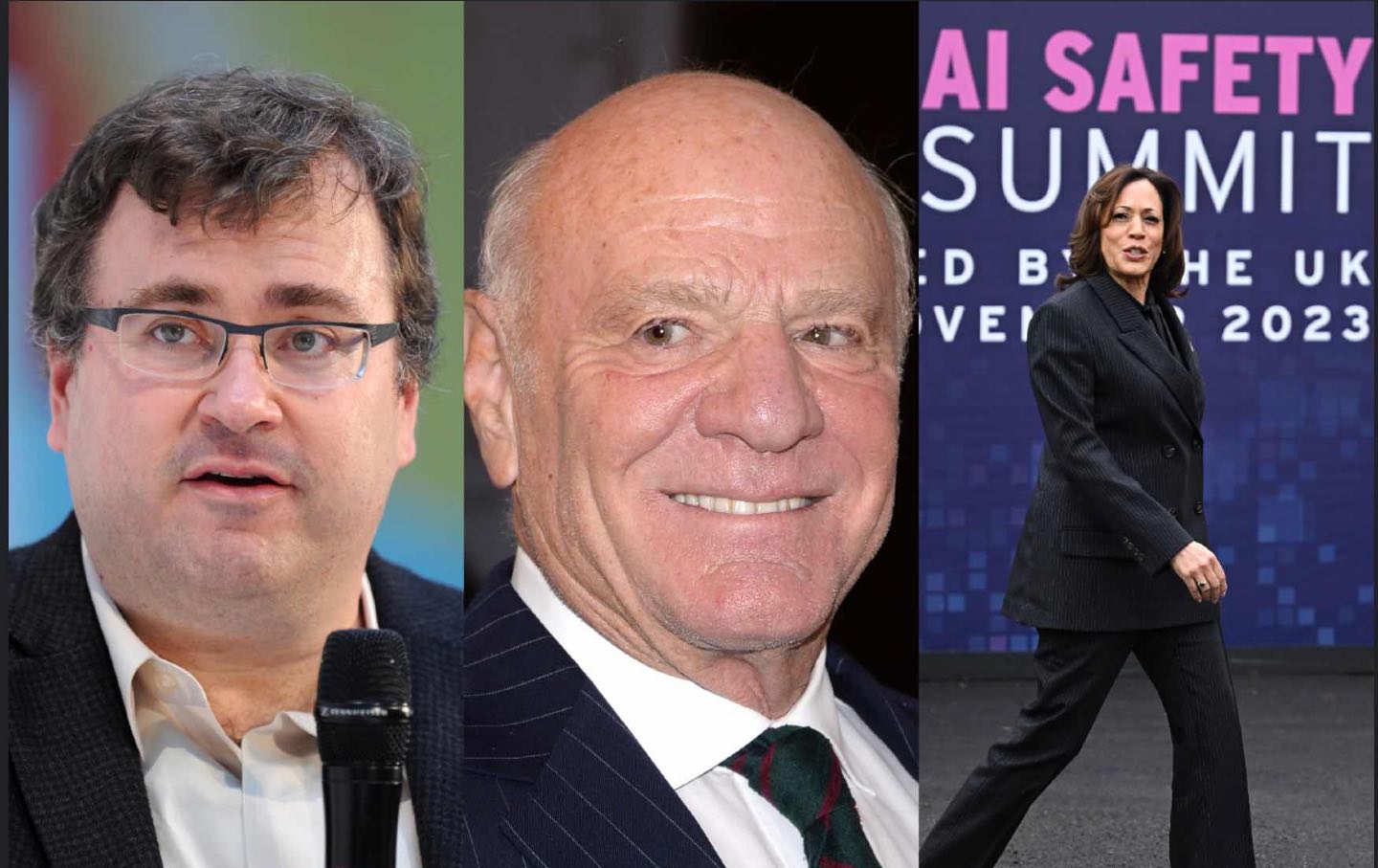
An old parlor game among radicals is speculating on divisions among the owning class—by industrial sector, geography, networks, or political leanings—and their possible consequences, if any. In that tradition, it’s worth a look at how the American business class is lining up behind the two presidential candidates: one an alleged billionaire, the other with a net worth estimated by Forbes at a mere $8 million. I’ll stick mainly with Kamala Harris.
A nice point of entry into this analysis is a recent article from CNBC, which recounts an open letter signed by “88 high-profile business figures” endorsing Harris for president. The letter assures us—and, perhaps more importantly, their fellow titans of commerce—that “the business community can be confident that it will have a President who wants American industries to thrive.” Most (though far from all) of the signers are recognizable to those of us who follow this sort of thing. It was, however, not what you’d call a broadly representative sample of the “business community.” Of the 88, 33 were from finance, 17 from tech, and nine from the media, which adds up to 59, or two-thirds. There was a scattering of retail execs, a couple of “entrepreneurs” (including the ubiquitous Mark Cuban, whose claims to fame have eluded me for years), a long-retired airline executive (American Airlines ex-CEO Robert Crandall, an icon of the tough 1980s style of cost-cutting, who famously got caught conspiring with a competitor to raise fares in 1982), and a smattering of retired manufacturing chiefs. There were a few active manufacturers, but in niche subsectors like food and cosmetics. There was no one from the fossil fuel business or construction; few from health care or transportation (aside from Crandall). Quite a few of the Harris backers are retired; the word “former” appears 46 times in the document.
Most of the signers aren’t at the summit of American wealth. For a look at the upper altitudes, we can turn to a survey by Bloomberg—the news service, not the plutocrat—which helpfully assembled an census of which candidates members of their billionaires list are supporting. In their words, “Among the ultra-rich, Trump comes out on top.” Trump has gotten $24 million from these mega-moneybags, almost twice as much as Harris’s $13 million (though some of that was donated to Biden before he withdrew). Adding up the wealth of the backers, Trump’s 2/1 advantage prevails: $438 billion for Team Trump, $222 billion for Harris supporters.
A big chunk of the Trump total is Elon Musk’s $237 billion net worth; take him out—which would be nice, but you can’t—and Trump lags Harris by $21 billion. The plutocrat who gives the news service its name, Michael Bloomberg, is deliberately excluded from the list. Adding his hoard, $105 billion according to Forbes, to the total brings Harris’s camp up to $327 billion. That still lags Trump, but not by all that much, especially when you consider how much of this wealth is ephemeral stock market money, liable to melt away if the market heads south. One culturally significant billionaire not on Bloomberg’s list—because she barely makes the ten-figure cut at $1.1 billion—is Taylor Swift, who in this taxonomy probably counts as media.
Clearly, Harris has no serious problems with the superrich, even if the putative billionaire Trump has an edge. But you can’t run a campaign on the affections, or even the contributions, of billionaires alone. You need some money from the merely affluent as well, like upper-middle-class professionals. To find who they’re giving to we need to look at the contributors to the campaign and associated PACs.
Harris’s main fundraising vehicle is Harris for President, née Biden for President. (She inherited Biden’s campaign money on his withdrawal.) As of July 31, it and its affiliates have raised $770 million, 59 percent of it from large contributions (defined as over $200). According to OpenSecrets’ compilation of data filed with the Federal Election Commission, contributions from those employed in finance and real estate accounted for 21 percent of the total; law firms and educators, each 6 percent; tech and media, each 5 percent. Among the also-rans: health professionals (3 percent) and the medical–industrial complex (2 percent), who may not have aligned interests.
Current Issue
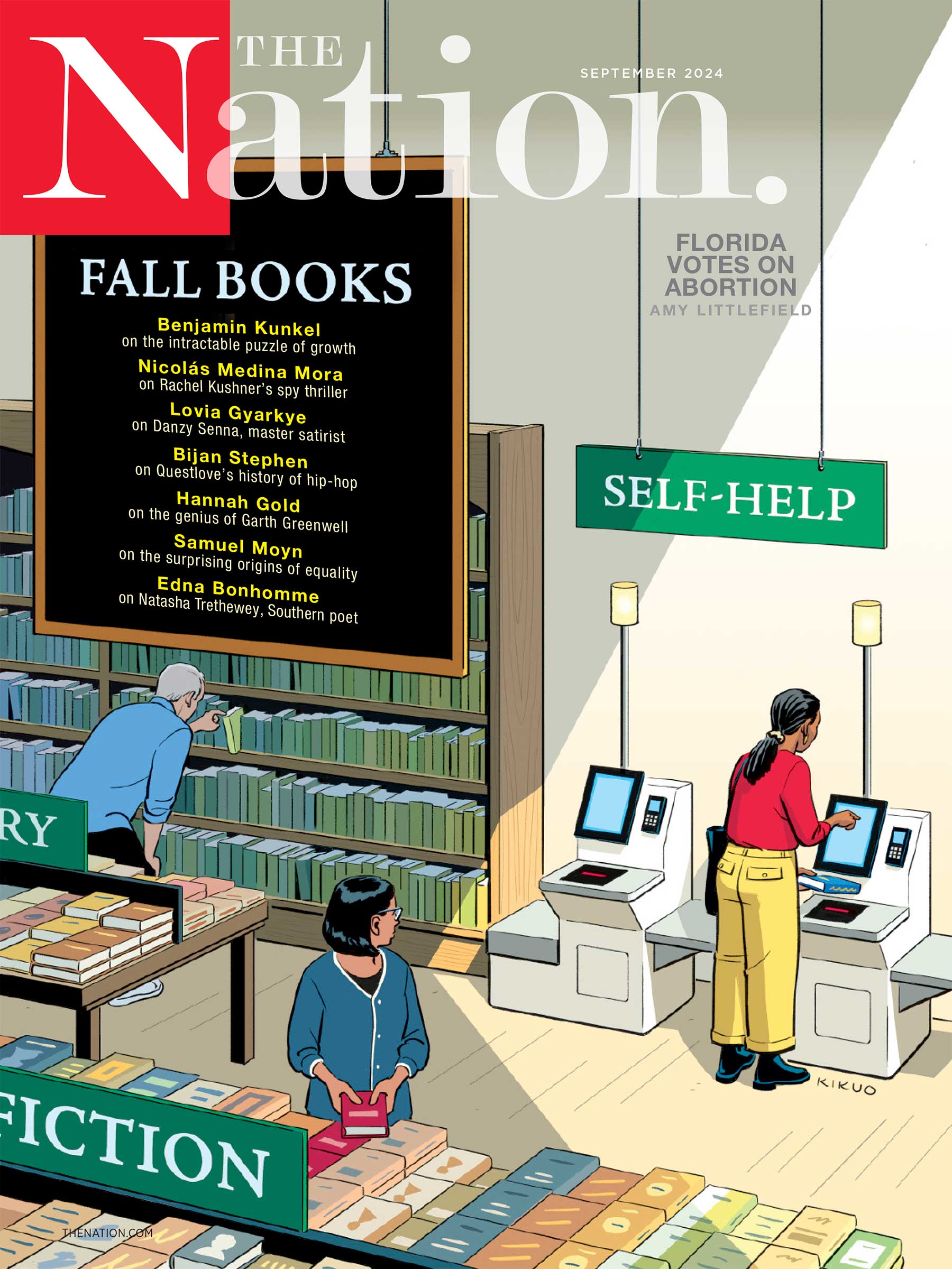
The only labor group in the top 20 were the building trades unions (which as the late political economist Robert Fitch used to say, follow their employers’ lead on politics, meaning the real estate industry and construction firms). A separate sectoral accounting lists four unions as major contributors, but their combined total is less than the venture capital firm Sequoia Capital alone (and Sequoia is only the third-largest VC contributor on the list).
A similar list of top contributors for Trump—whose campaign has raised $574 million, 68 percent of it from large contributions—shows some sectoral overlaps but also some sharp differences. Industries common to both lists are finance (with Trump’s collections 55 percent larger than Harris’s), real estate (almost equal), health professionals (with Trump collecting less than half as much), law firms (only a fifth as much as Harris), and tech (with Trump getting only a seventh as much as Harris, and all of it from electronics, none from internet firms). Notably absent from the Trump list: education and media. MIA from the Harris list: dirty industries like oil and gas, waste management, and tobacco. Agribusiness, which thrives on low wages and the loose regulation of poisonous chemicals, is also in his top 20 but not on the VP’s. Trump gets the construction industry; Harris, construction unions.
A closer look at Harris’s monied constituency can be found with roster of contributors to her Future Forward PAC (also inherited from Biden), assembled again by OpenSecrets. There were 154 large contributors listed through the end of July, accounting for 75 percent of the PAC’s fundraising of $164 million.. Of those listed, 22 have donated $1 million or more. Stripping away transfers from elsewhere in the Harris operation, 28 percent of the total, you’re left with 18 in this elite category, which account for 36 percent of the total haul. Another 19 who gave between $500,000 and $999,999 accounted for 6 percent—meaning 42 percent of the PAC’s income came from contributions of half a million or more. This is not the Bernie Sanders contributor base.
Of those who can be easily identified, 27 percent made their money in finance, 6 percent from media, and 3 percent from tech. At the top of the list, Michael Bloomberg, who donated $19 million, is a hybrid of finance, media, and tech. Curiously, celebrity architect Frank Gehry was in for $1 million. There’s one old-style manufacturing firm on the list (SteelFab, a maker of structural steel) and one union, the American Federation of Teachers. Law firms, long a mainstay of Democratic fundraising, were surprisingly light on the list, accounting for just 0.3 percent the total.Putting it all together, it looks like finance is Harris’s main base of business support, followed by tech and media.
Within finance, venture capital—with tight ties to Silicon Valley—is prominent. The tech is almost all software-related; Biden’s subsidies to the electronics industry via the CHIPS Act look to have won his party no monetary support. Nor do you see much from the clean energy world (except for a venture capitalist or two who invests in the sector); so much for the subsidies in the Inflation Reduction Act. (Ingrates!) The tone of the contributors’ lists is all very post-industrial—unlike Trump’s, where the ranks of those who got rich by the much grittier pursuits of making stuff, burning stuff, and moving it around are prominent.
What does all this mean for policy—a topic Harris hasn’t been terribly forthcoming about? I’m not alone in suspecting that she might undo some of Biden’s very partial undoing of neoliberalism. I doubt she shares his fondness for industrial policy (even if it’s mostly subsidies to the likes of chip capital and electric vehicle makers). She looks to have closer ties to Silicon Valley types than Biden—personal ties even: Harris’s brother-in-law is on leave as Uber’s top lawyer—whose most prominent business tie in his Senate days was to the credit card issuers of Delaware. This suggests she may be more amenable to letting the Valley elite have its way with AI.
Ad Policy
Popular
“swipe left below to view more authors”Swipe →
Two of Harris’s billionaire fans—LinkedIn founder Reid Hoffman and entertainment polymath Barry Diller—have made it clear they want her to fire Lina Khan, the trustbuster at the head of the Federal Trade Commission; both are coincidentally undergoing FTC “scrutiny,” according to Bloomberg. Mark Cuban has been vocal in demanding she fire Gary Gensler, the Elizabeth Warren-approved chair of the Securities and Exchange Commission, while suggesting himself as a replacement.
Will she listen, should she be elected? So far she hasn’t offered any hints, but political risk pundit Ian Bremmer told Politico’s Morning Money that Harris’s rightward moves (or moves to the center, as they say in the mainstream) on taxation and immigration have helped “create some funders for her [campaign] that she otherwise wouldn’t have gotten.” She’s already announced more indulgent taxation of capital gains than Biden had proposed.
Another finding from an exercise like this is the extent of divisions within the American business class that find expression in partisan politics. (If I had world enough and time, I could even talk about divisions within finance.) What’s left of our industrial economy leans Republican; they hate nothing more than an environmental regulation. Dems meanwhile draw their support more from the highly credentialed post-industrial world, where advanced degrees are often required; the prominence of educators on Harris’s list is testimony to that. What is often perceived as the polarization of our politics is in no small part the public expression of these less visible fissures.
We need your support
What’s at stake this November is the future of our democracy. Yet Nation readers know the fight for justice, equity, and peace doesn’t stop in November. Change doesn’t happen overnight. We need sustained, fearless journalism to advocate for bold ideas, expose corruption, defend our democracy, secure our bodily rights, promote peace, and protect the environment.
This month, we’re calling on you to give a monthly donation to support The Nation’s independent journalism. If you’ve read this far, I know you value our journalism that speaks truth to power in a way corporate-owned media never can. The most effective way to support The Nation is by becoming a monthly donor; this will provide us with a reliable funding base.
In the coming months, our writers will be working to bring you what you need to know—from John Nichols on the election, Elie Mystal on justice and injustice, Chris Lehmann’s reporting from inside the beltway, Joan Walsh with insightful political analysis, Jeet Heer’s crackling wit, and Amy Littlefield on the front lines of the fight for abortion access. For as little as $10 a month, you can empower our dedicated writers, editors, and fact checkers to report deeply on the most critical issues of our day.
Set up a monthly recurring donation today and join the committed community of readers who make our journalism possible for the long haul. For nearly 160 years, The Nation has stood for truth and justice—can you help us thrive for 160 more?
Onwards,
Katrina vanden Heuvel
Editorial Director and Publisher, The Nation
More from The Nation
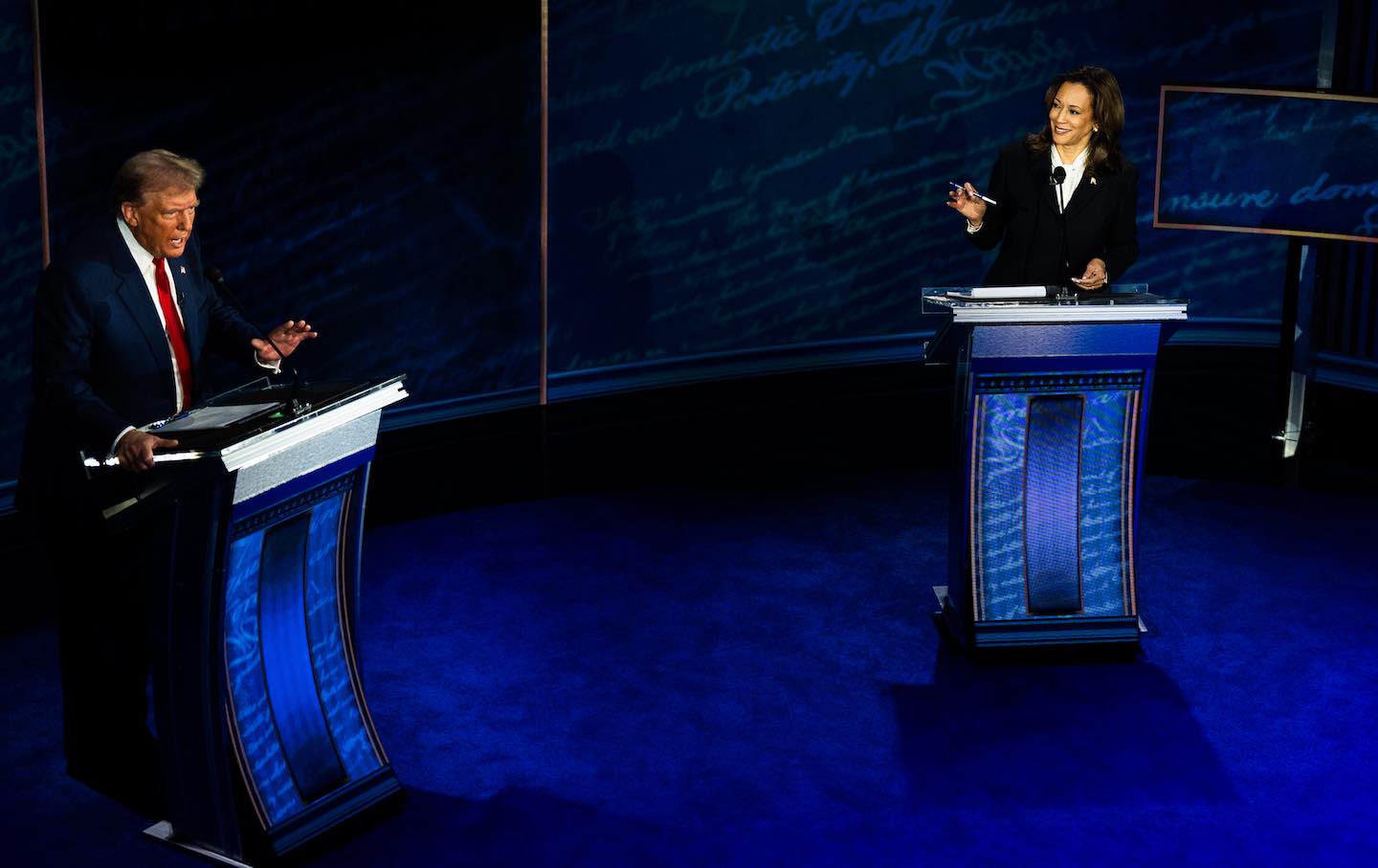
If LGBTQIA+ communities are not centered in the fight for justice, our communities will never be free.
Candace Bond-Theriault
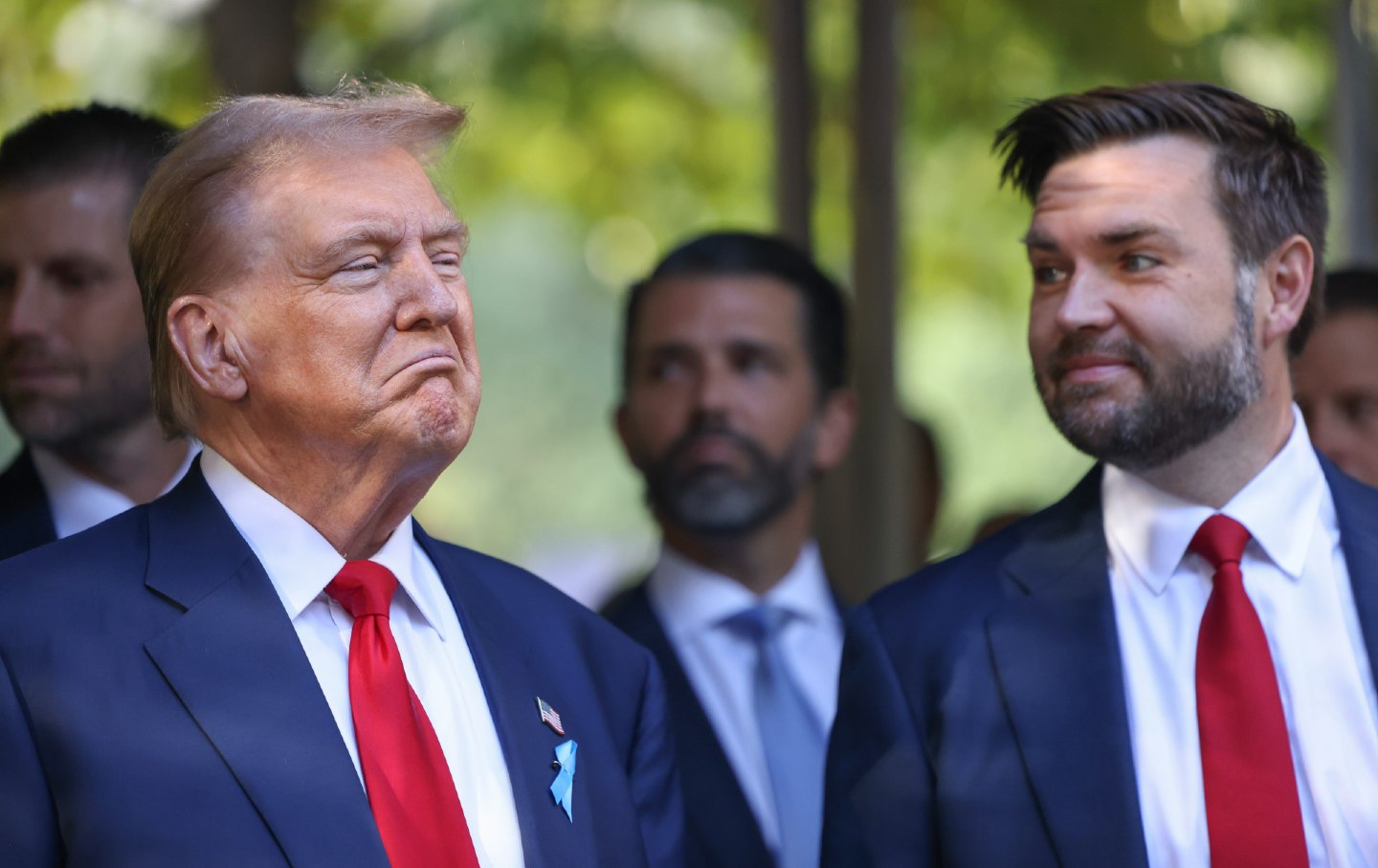
Behind the vicious Trump-Vance attacks on Haitian immigrants is a long history of making the people of Haiti pay for the audacity of their revolution.
Elie Mystal

To fight fascism, we need to protect honest and fearless teachers.
Jason Stanley
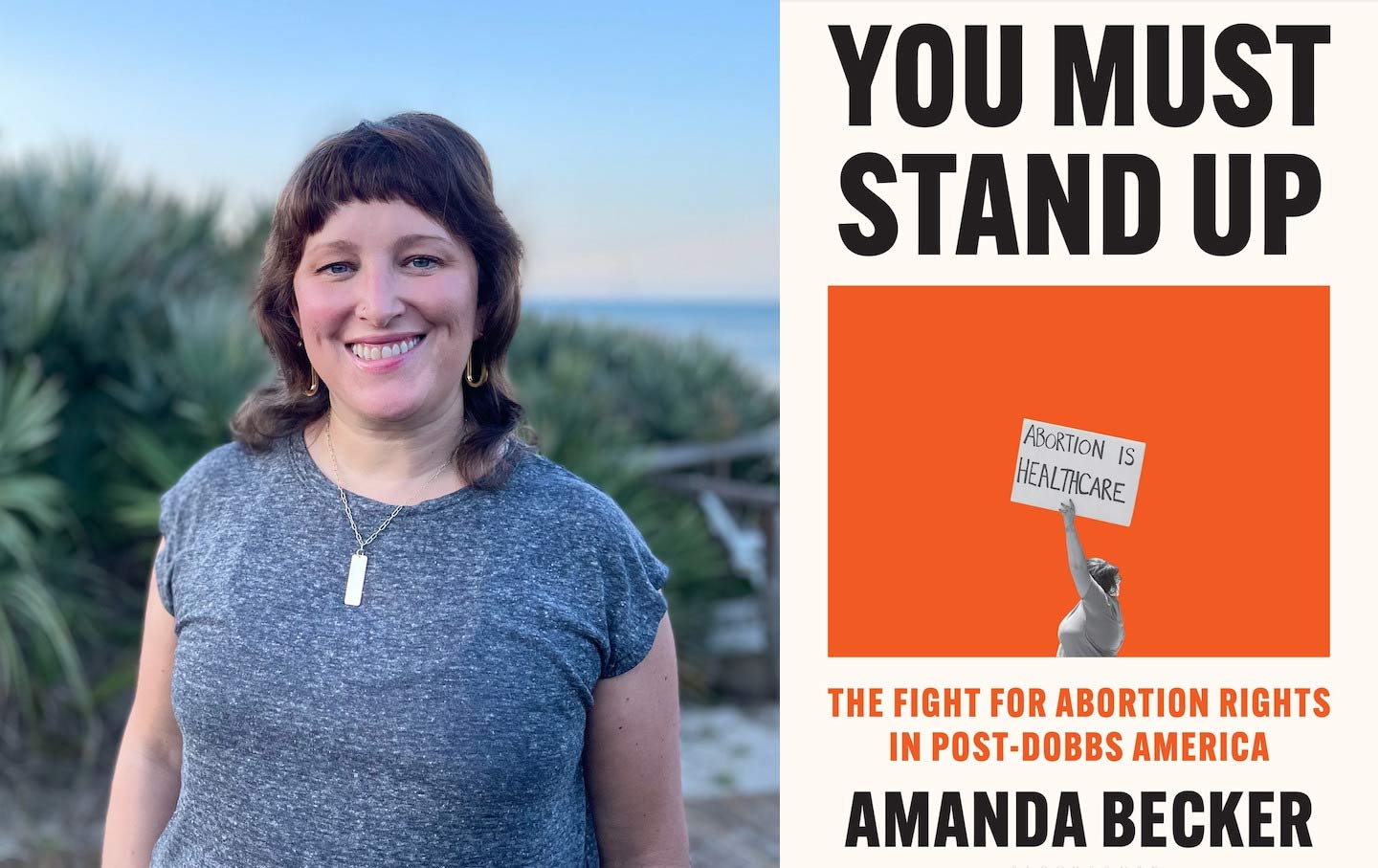
A conversation with journalist Amanda Becker about her new book, You Must Stand Up: The Fight for Abortion Rights in Post-Dobbs America.
Q&A
/
Larada Lee-Wallace
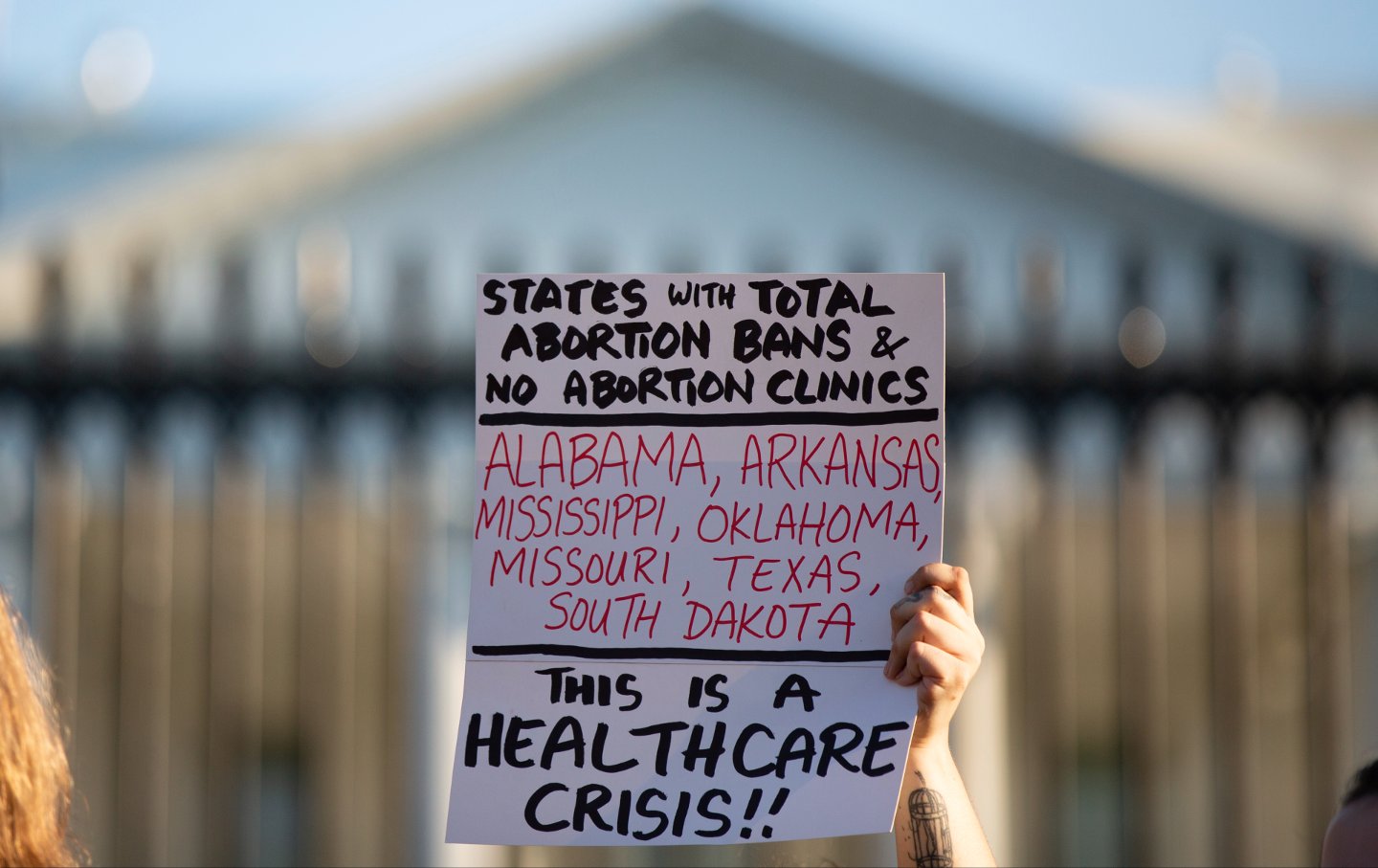
The federal government is battling states over funding for family planning services—and leaving patients caught in the middle.
Regina Mahone
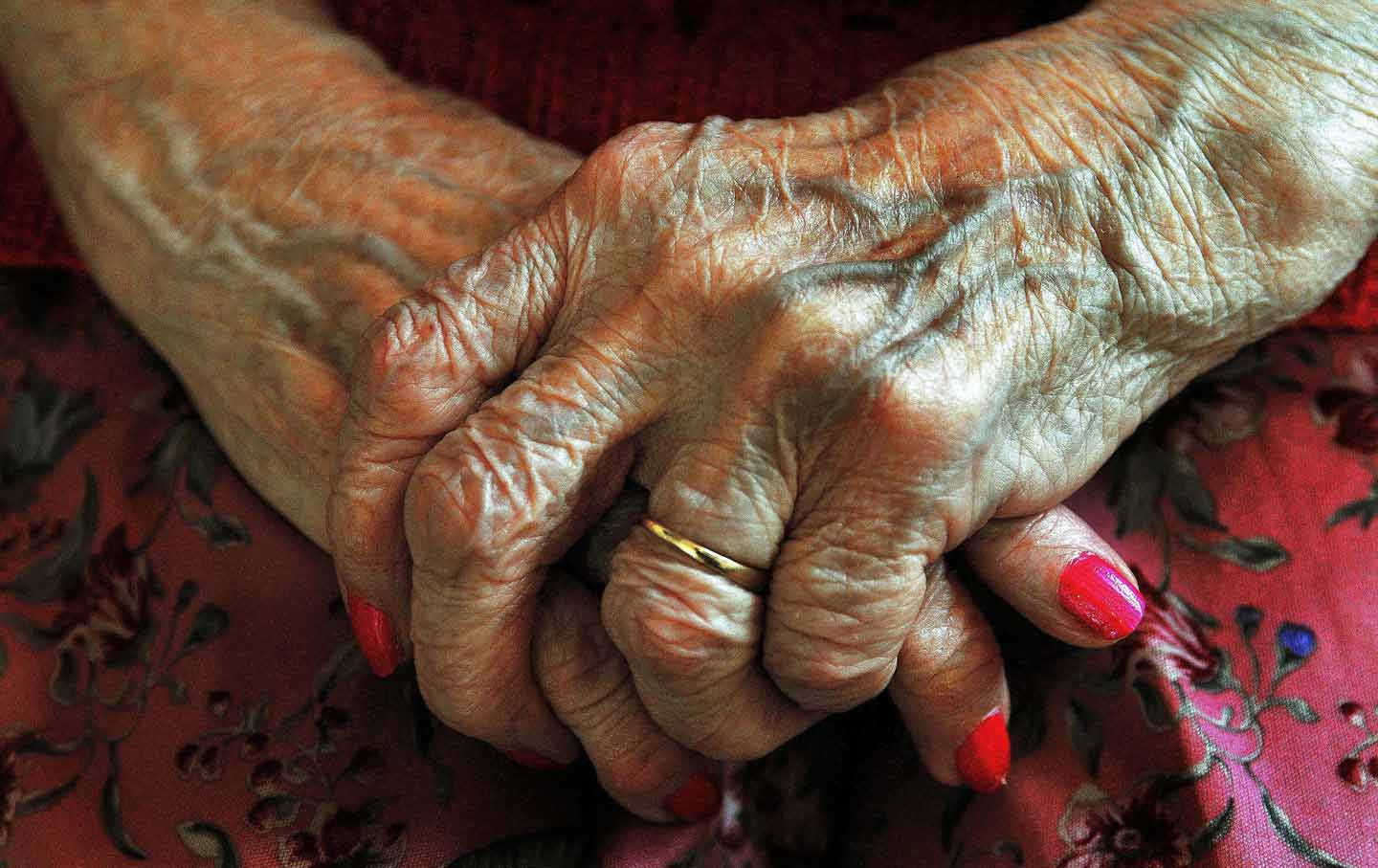
Millions of Americans are working well past the retirement age, not because they “simply don’t want to quit” but because they just can’t afford to do so.
Rebecca Gordon
[ad_2]